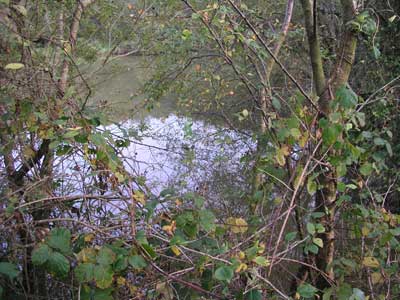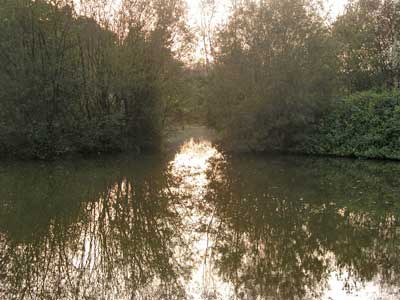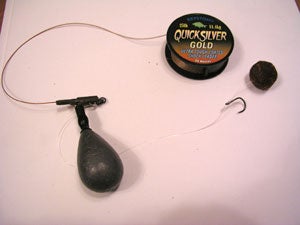| DAVE ROTHERY | |
But it wasn’t long before he was into carp fishing, a particular facet of angling that he’s much preferred ever since. Dave absorbs all the information he can about his favourite species, dissects it, and then uses it to carve his own somewhat unique path to catch Britain’s most popular species. He is more competent than most at all methods for catching carp and like most specialists he prefers to catch the biggest fish, but enjoys the smaller ones along the way. |
Snag Fishing for CarpWriting about snag fishing is difficult for me as I always have the worry that people will fish real jungle type areas without really thinking about what they are doing; always tempting when you are struggling and the fish are blatantly there! Saying that, a lot of snag areas aren’t really feeding areas – the fish just go there for a ‘rest’ and you can bet you aren’t going to be the first person to fish it!
If you are going to fish snags then consider a few things:
Braid or Mono? One part of me wants to say braid as the lack of stretch will give you more chance of stopping the fish, but if you do snap off it’s not ideal to have the fish towing braid through a snag.
I usually use a weaker hooklength – usually mono – no more than 10lb because it will give the fish a better chance of snapping the link if you do snap off, and if you can’t stop a fish with a 10lb link, you probably won’t with a 15lb one. It’s also one of the only times I’ll use a barbless hook (unless forced by the rules) purely because the fish has more chance of shedding it quickly if you do lose it. Make sure you use a decent, strong pattern. Short shanked ones are normally best for it, or hooks like the original Nash Fangs and Gardner Mugga’s (current favourite).
I’m not a great fan of lead clips, most don’t work properly and being cynical I like how certain manufacturers that also make overpriced leads want you to lose a lead every time you cast out! But if you are fishing close to bad weed/snags it can help. I doctor my clips so the lead will fall off – indeed the lead only stays on as it’s tied on with pva and invariably its inside a pva bag! I just don’t trust the rubbers that most systems use. I also use sea leads as they are a fraction of the cost of ‘carp’ ones. There are two ways to set the rod up – either pointing directly at the snag, or at 90 When you purchase through links on our site, we may earn an affiliate commission, which supports our community.
|














